
Aug. 15, 2014 marks the 70th anniversary of Operation Dragoon, an Allied invasion of Southern France initially intended to launch in tandem with the invasion of Normandy Beach on D-Day. Between 1943 and 1945, Nazi Germany built a vast system of defensive battlements along the Atlantic coast, stretching from northern Norway to the Pyrenees, in a massive effort to defend occupied European territories against invasion.
In the decades that have passed since this Wall first emerged, many of these imposing fortresses remain nestled among the European coastline as architectural relics. Photographer Stephan Vanfleteren traveled the length of the Atlantic Wall, capturing the stark and strange beauty of these often colossal remnants of World War II in the photobook Atlantic Wall.
As one European country after another succumbed to the relentless onslaught of Hitler’s Wehrmacht sweeping across the continent in the early 1940s and German armies stood, peering across the water, on the Atlantic coast, military planning to fortify the new borders of the Nazi empire were in full flow. Having built a 630-km (390 miles) long defensive barrier along its borders with France, Belgium, the Netherlands and Luxembourg in the 1930s, German planners took the strategic building project to a whole new level after the British victory in the Battle of Britain and started to work on a comprehensive system of bunkers, fortifications and obstacles with the primary objective of thwarting an Allied invasion.
Starting in the far northern reaches of what was then Finland (now Russia), and covering the most exposed coastal areas of Denmark, Germany, the Netherlands, Belgium and France down to the Pyrenees, concrete bunkers and fortified artillery batteries were later supplemented with mine fields and obstacles strewn across the beaches. Field Marshal Erwin Rommel, who was tasked with overseeing the Wall in early 1944 also had obstacles and mines planted at sea that would be invisible at high tide, the most likely time for a seaborne invasion.
What is remarkable about the Nazi attempt to batten down the hatches around a new German empire on European soil was the sheer extent and the efficiency with which it was achieved in just over three years. Using a mixture of German civilian and military workers and tens of thousands of POWs and other slave labor, the different types of embattlements followed a set of standard blueprints that were implemented across the board.
Since the end of the war, many of the thousands of structures have been dismantled or left to slip into the sea. In Germany, among the rebuilding frenzy of the late 40s and 50s, almost all the concrete fortifications where eradicated. In France, where civilian workers were employed to build many of the structures, the historical significance of the Atlantikwall as a historical monument remains controversial.
Stephan Vanfleteren is a Panos Pictures photographer who specializes in black-and-white, social documentary photography.

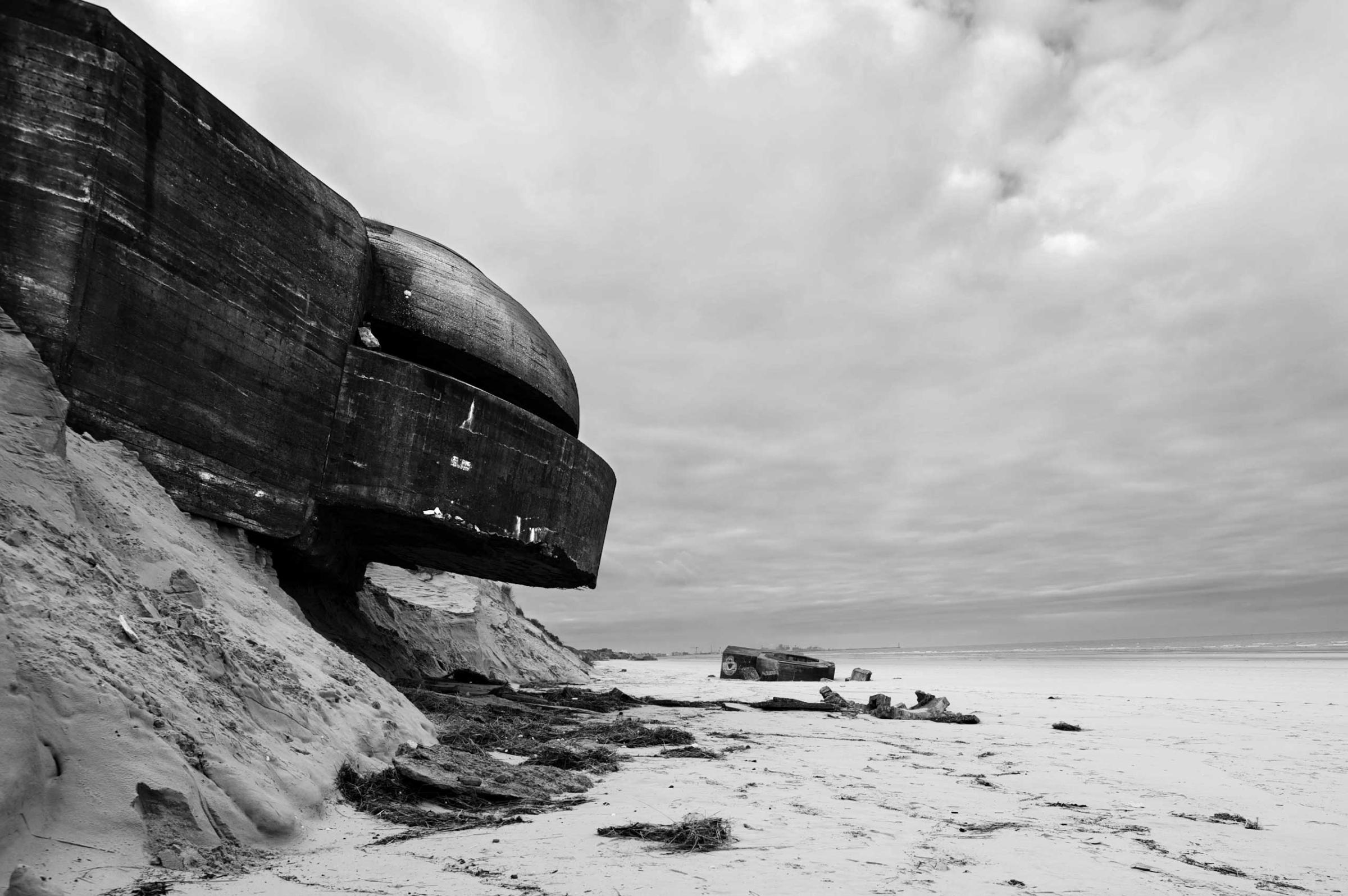
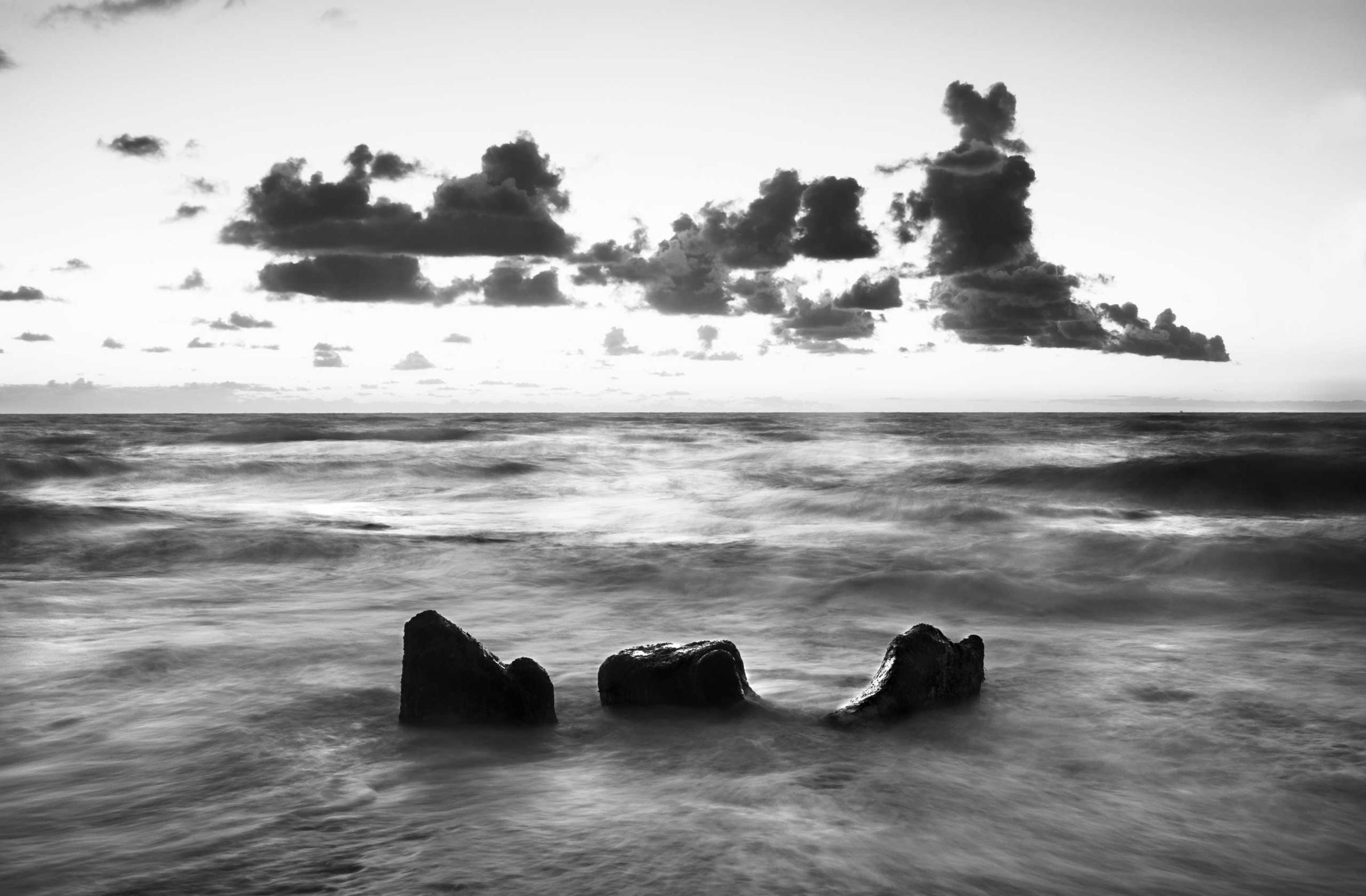

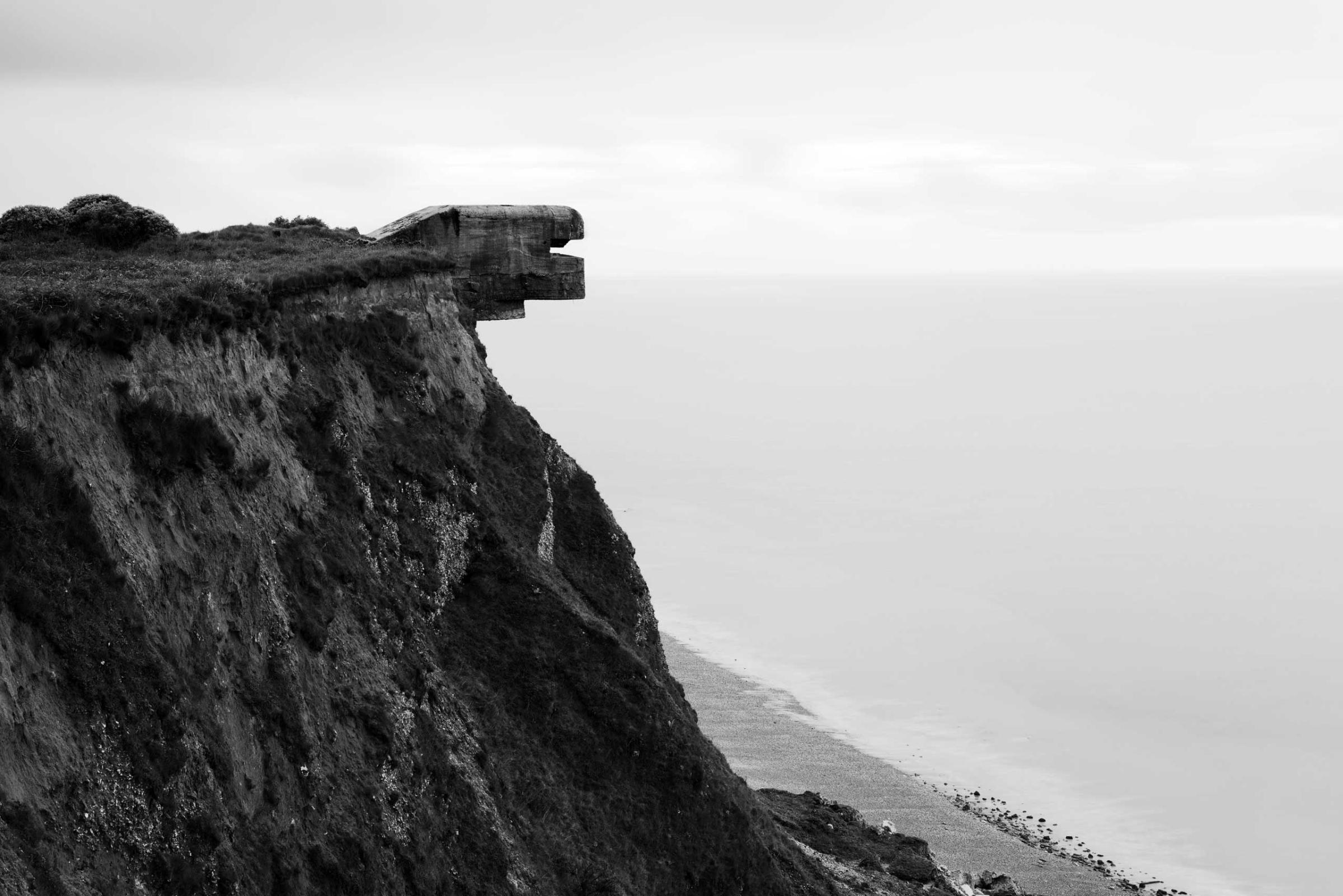
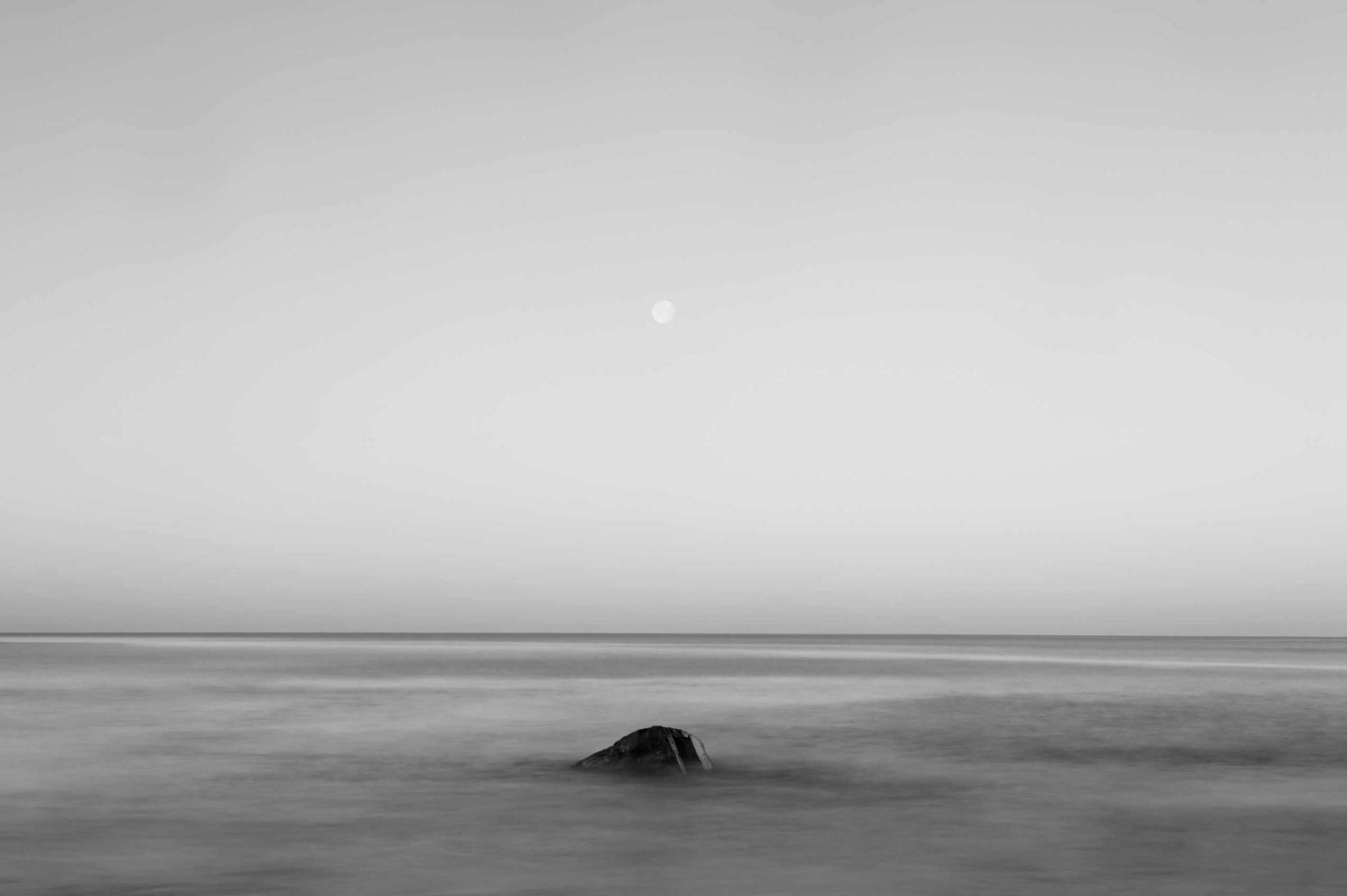
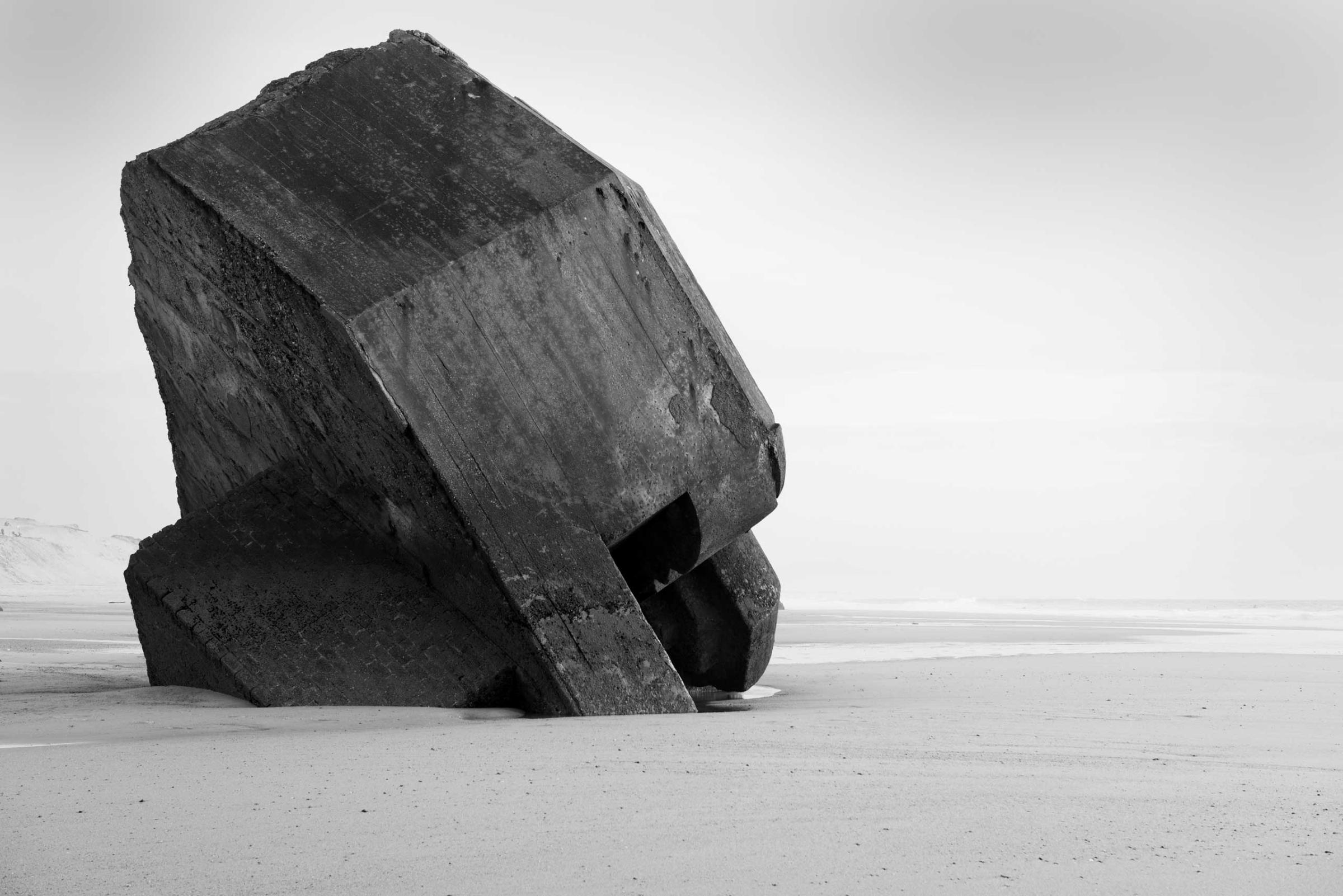
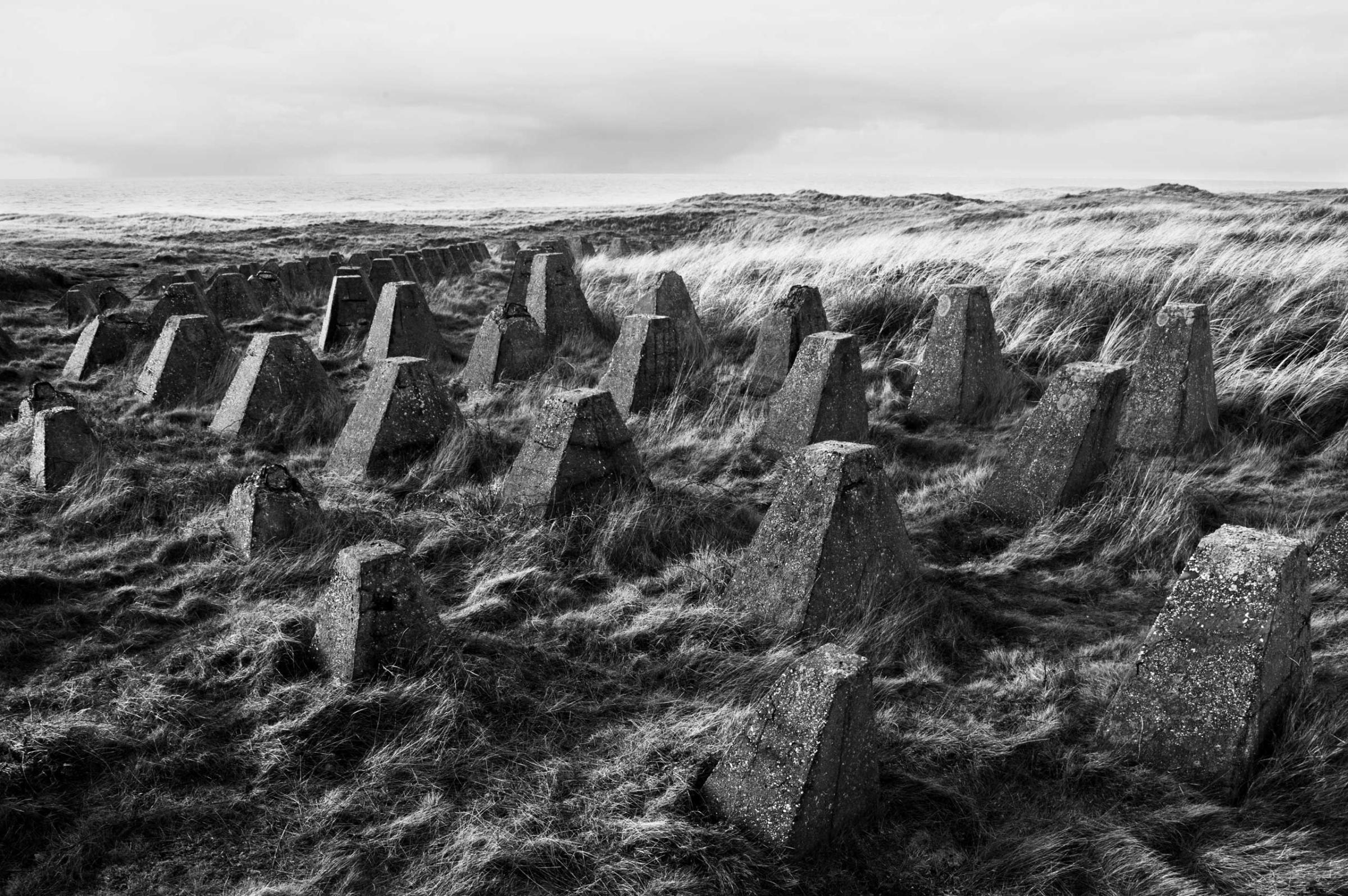
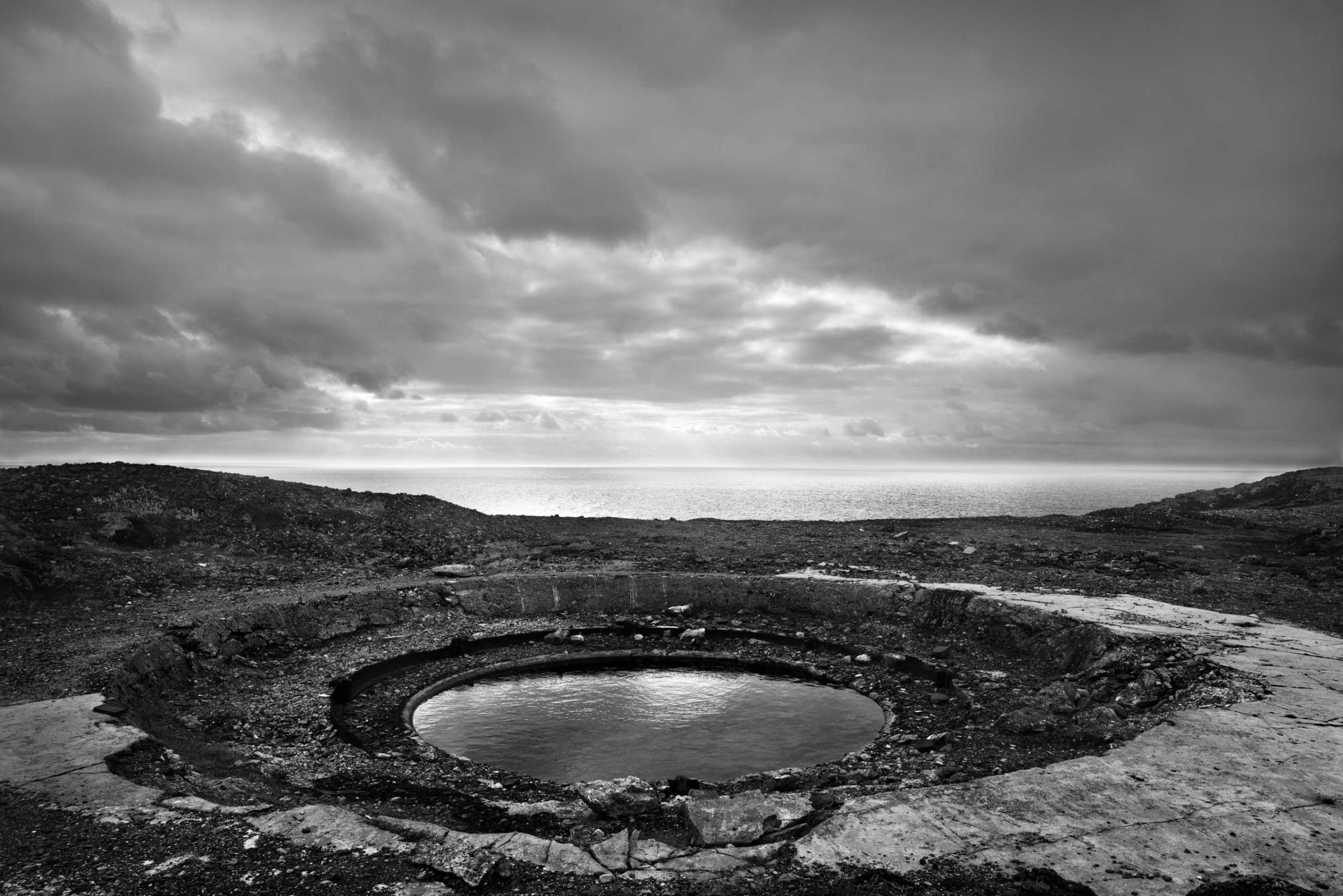
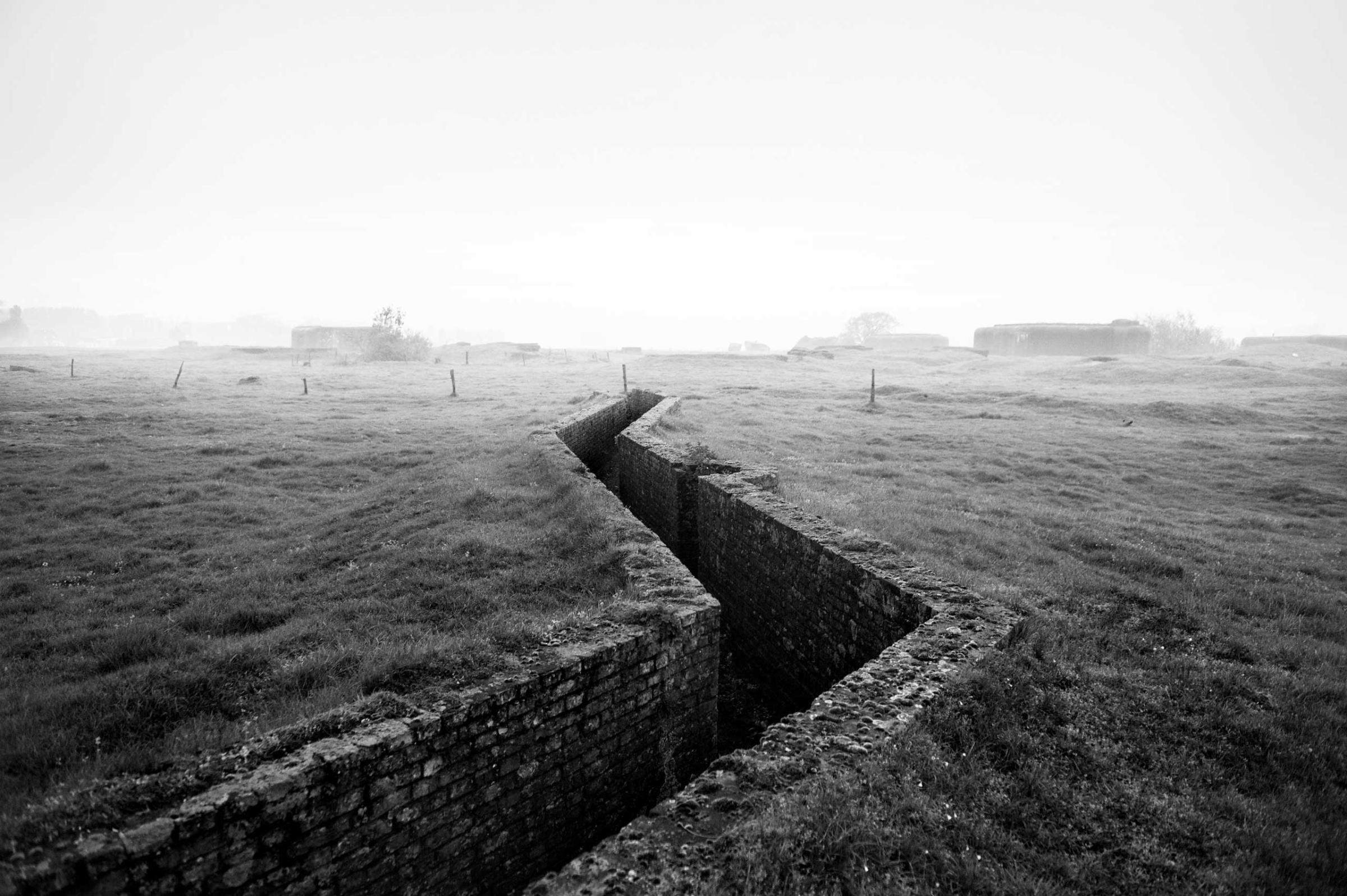

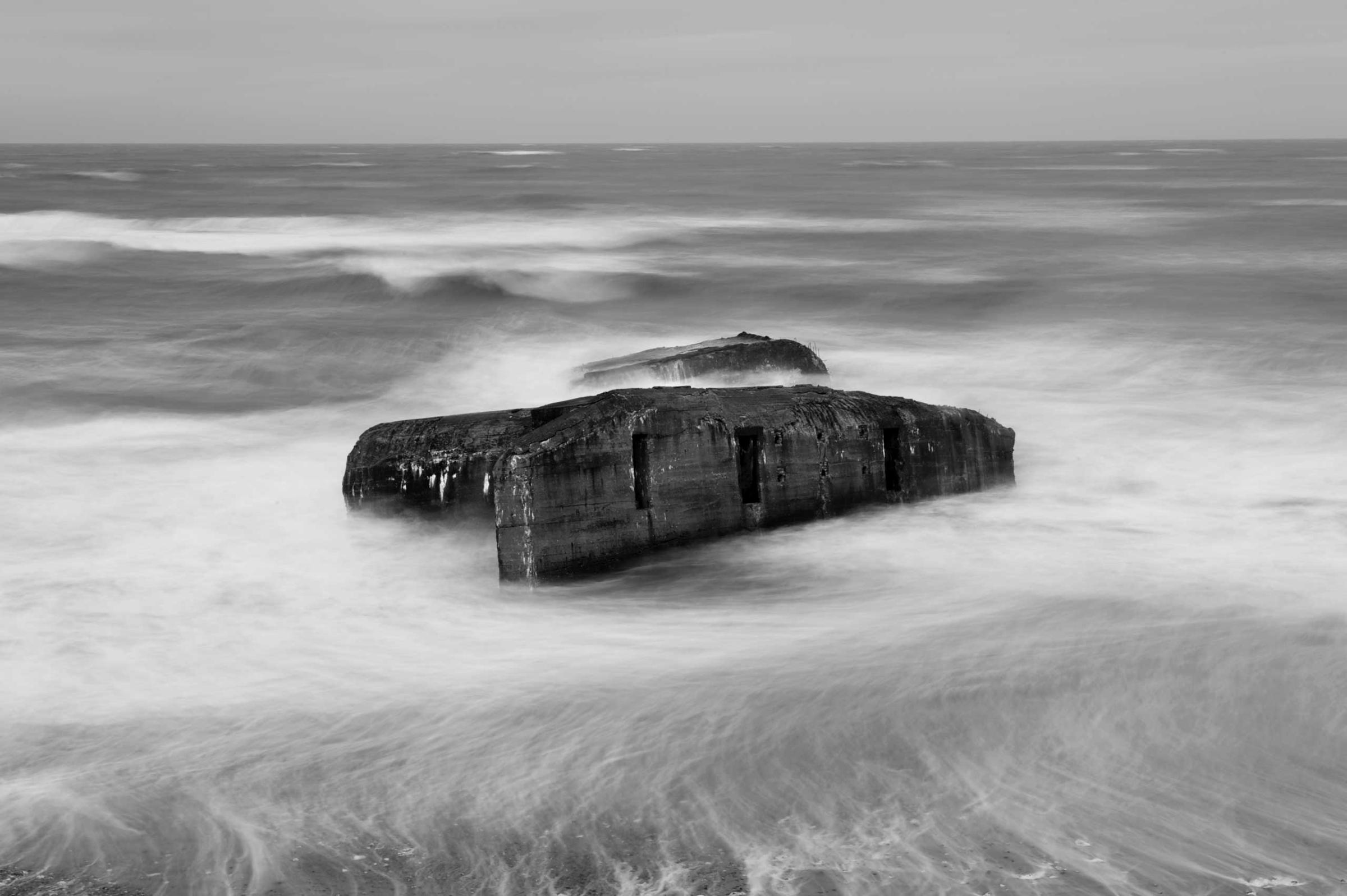
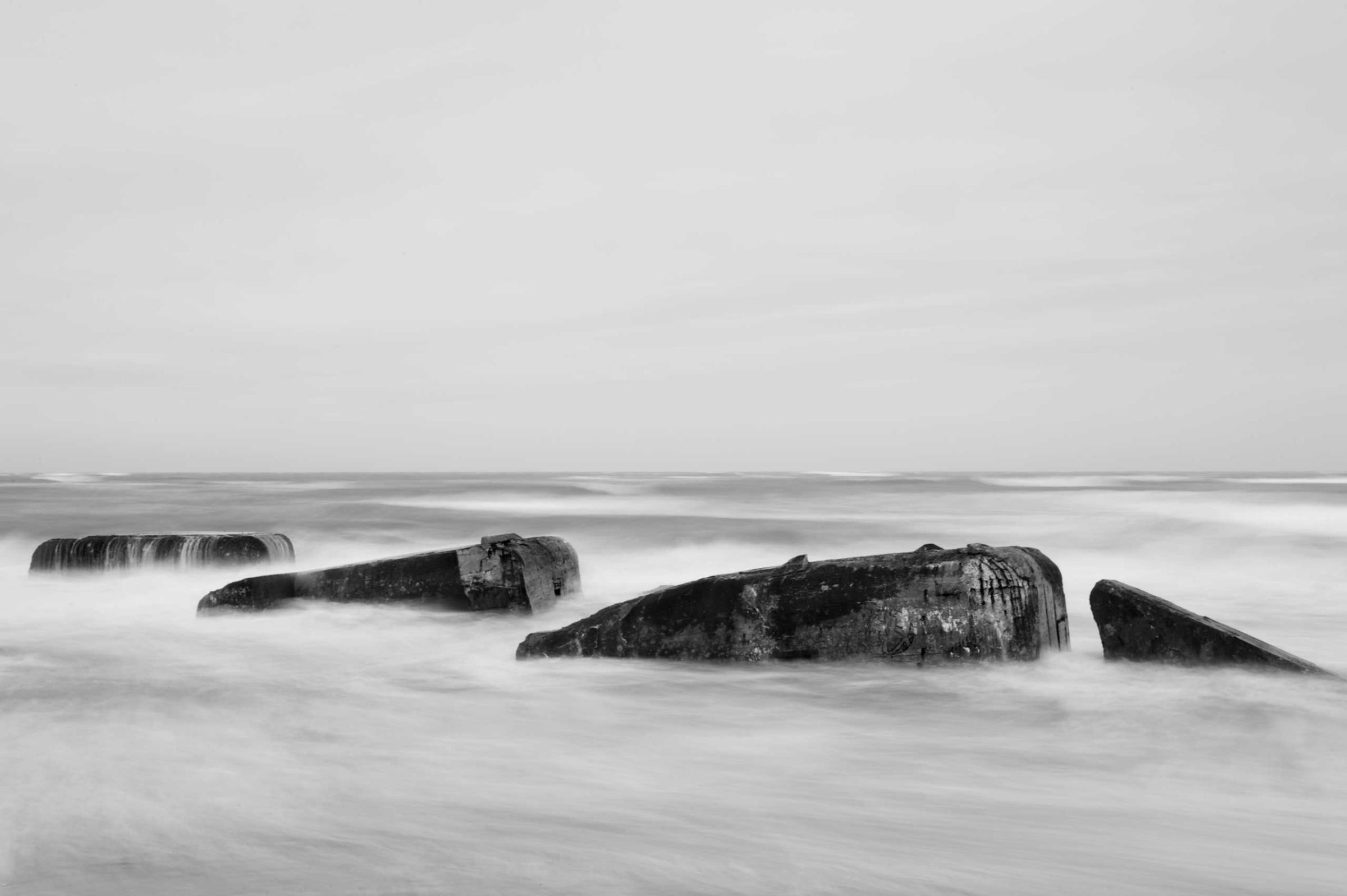
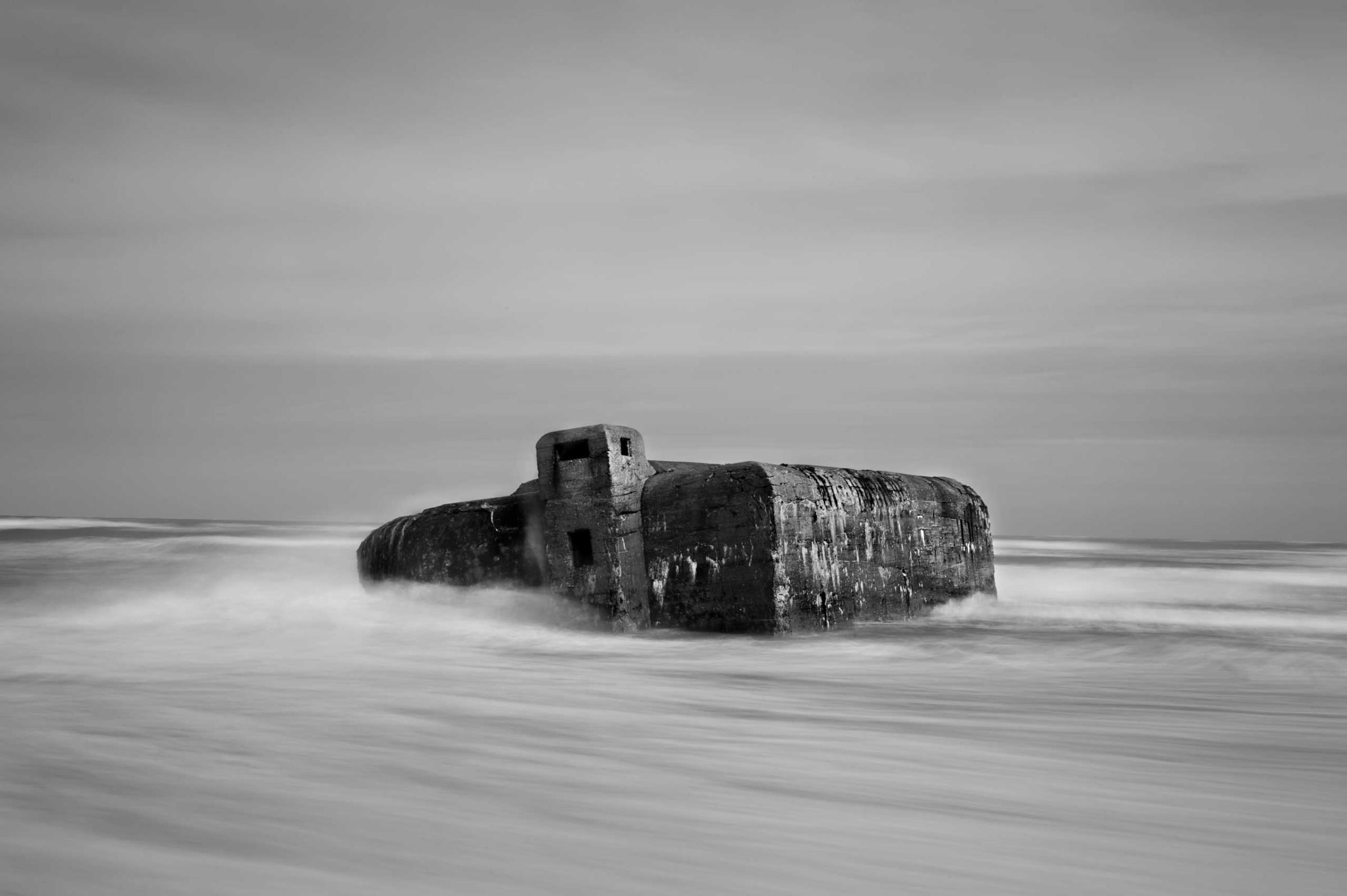
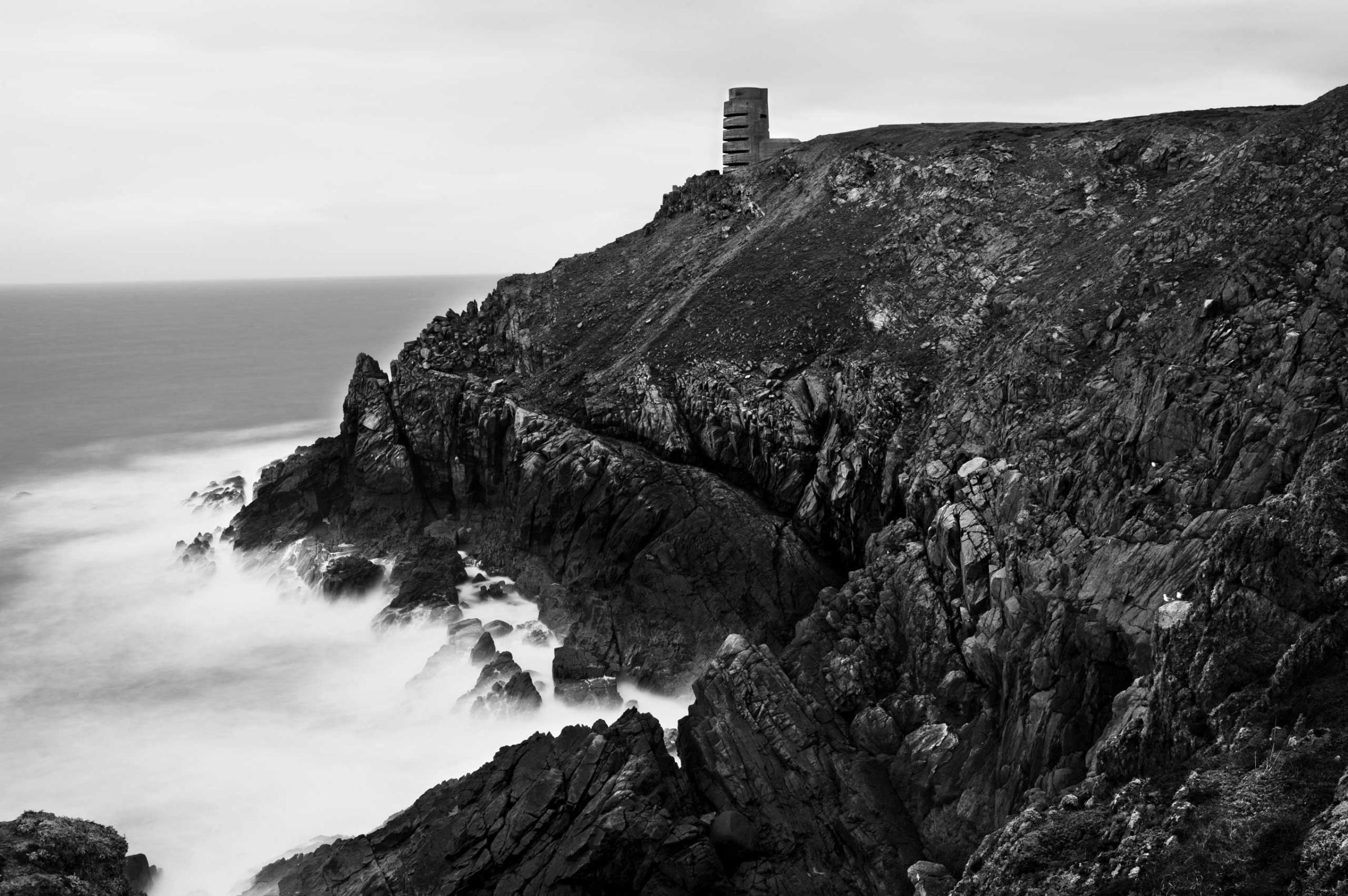
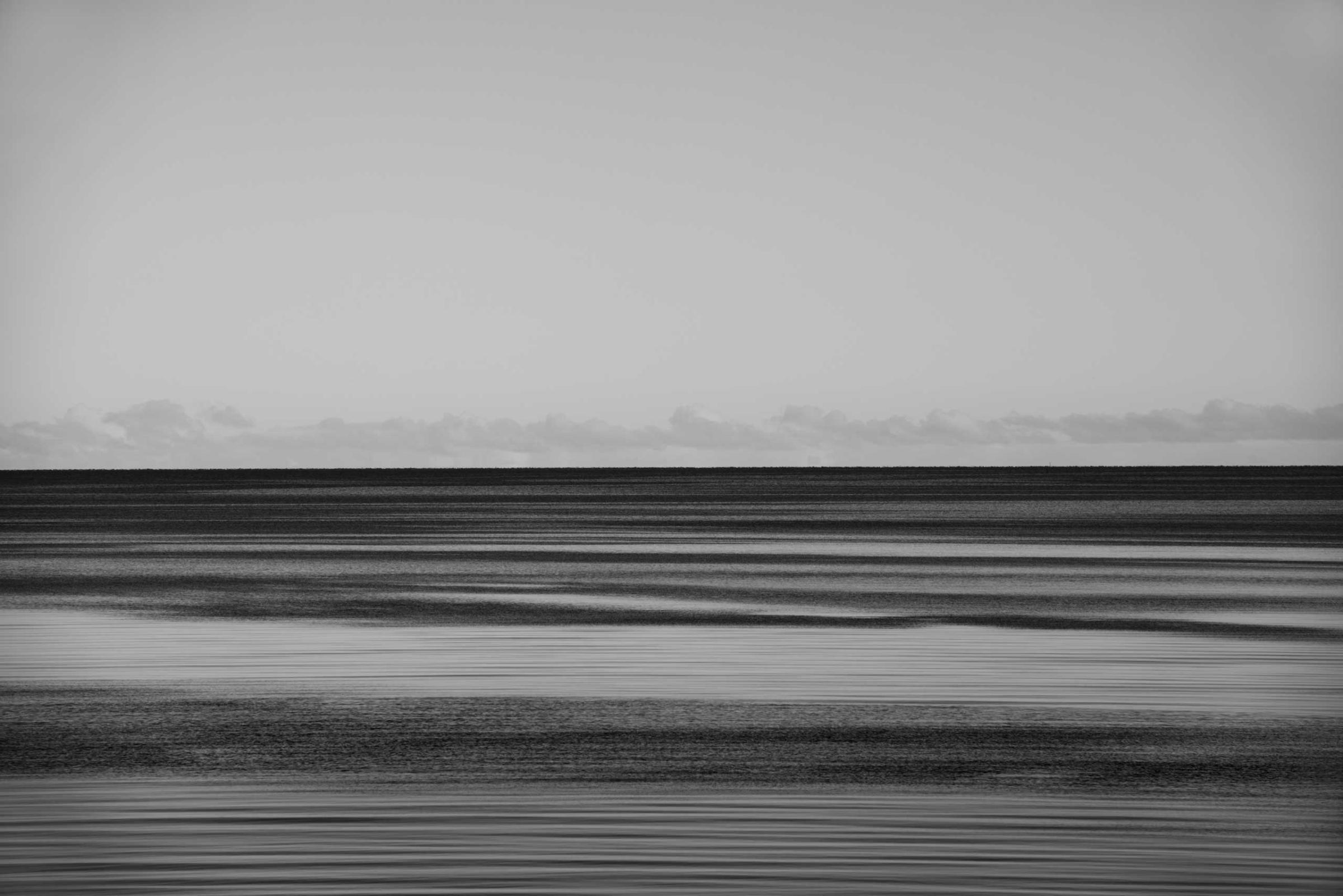
More Must-Reads from TIME
- Cybersecurity Experts Are Sounding the Alarm on DOGE
- Meet the 2025 Women of the Year
- The Harsh Truth About Disability Inclusion
- Why Do More Young Adults Have Cancer?
- Colman Domingo Leads With Radical Love
- How to Get Better at Doing Things Alone
- Michelle Zauner Stares Down the Darkness
Contact us at letters@time.com